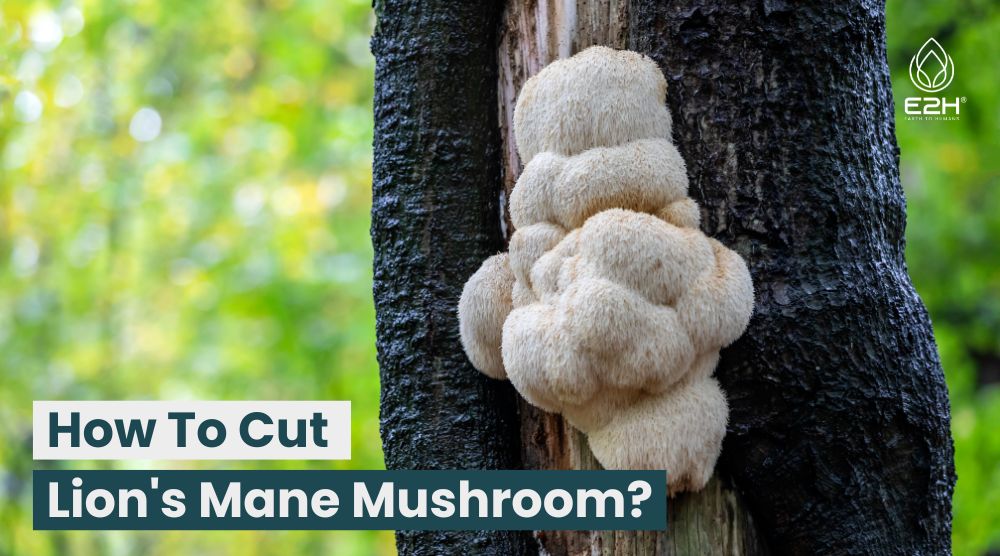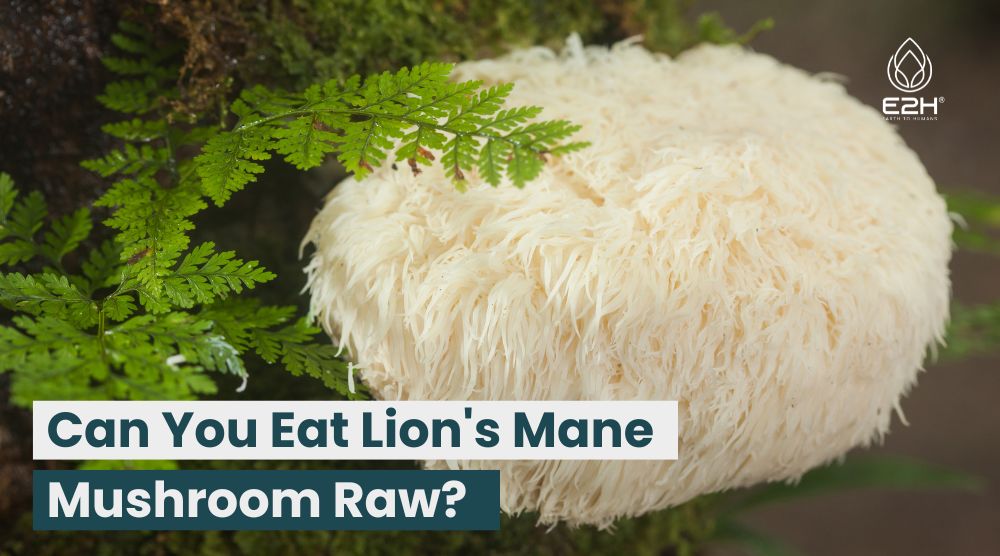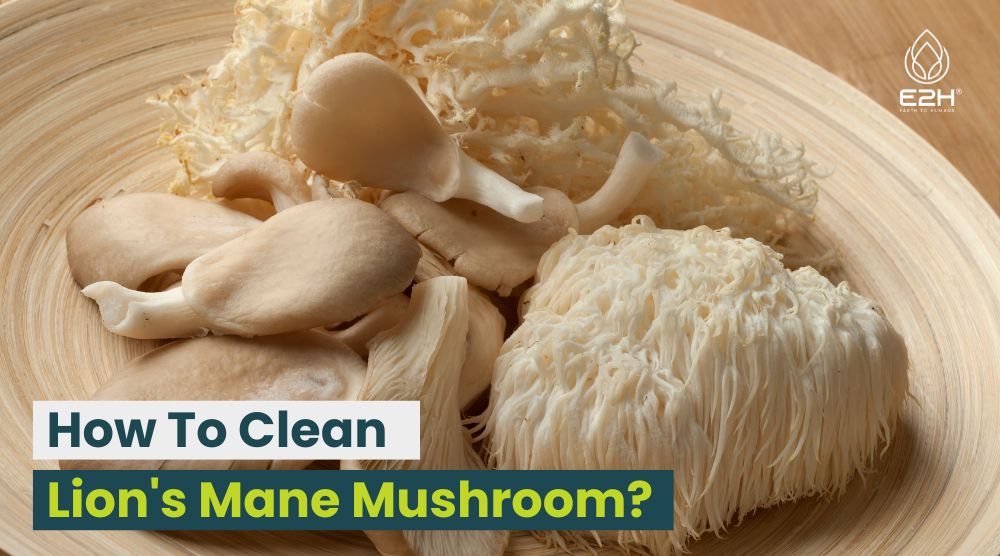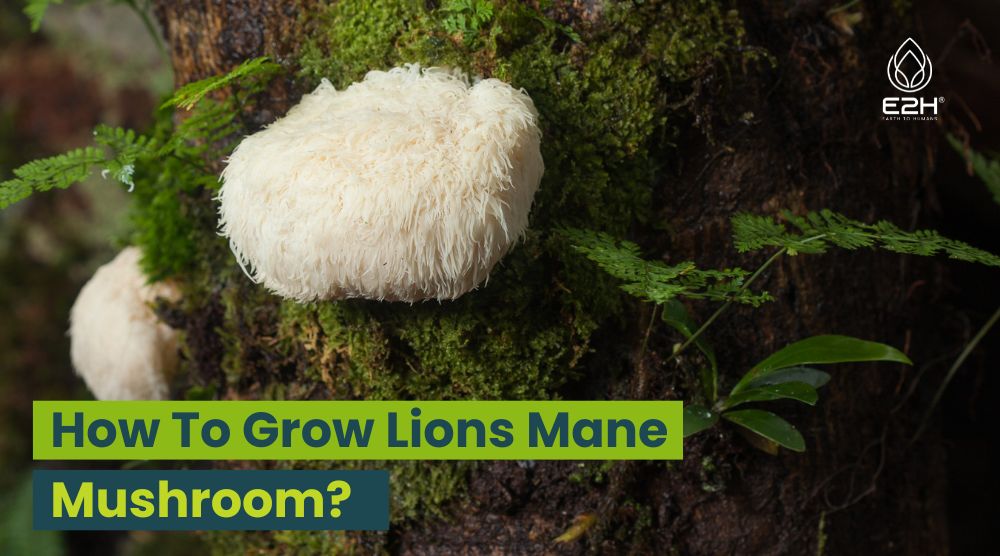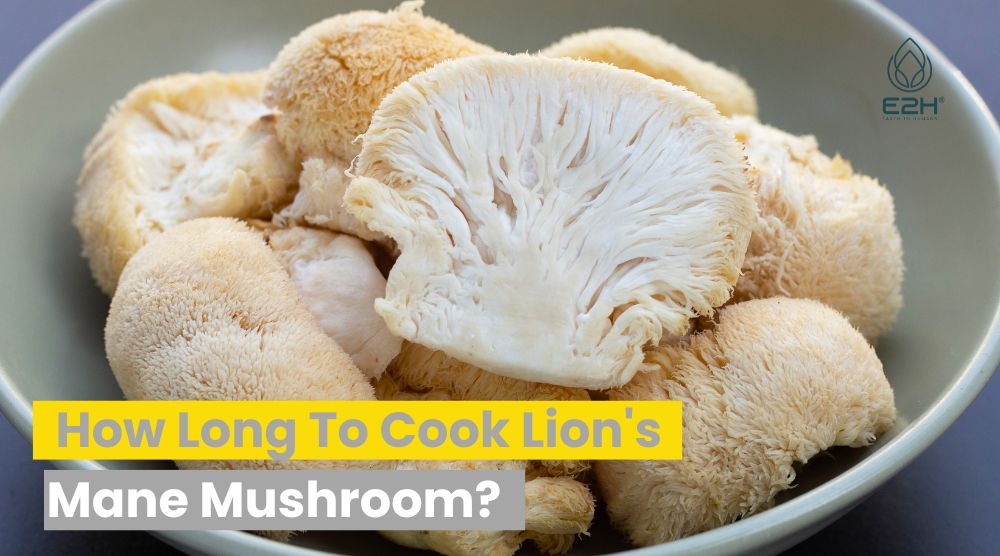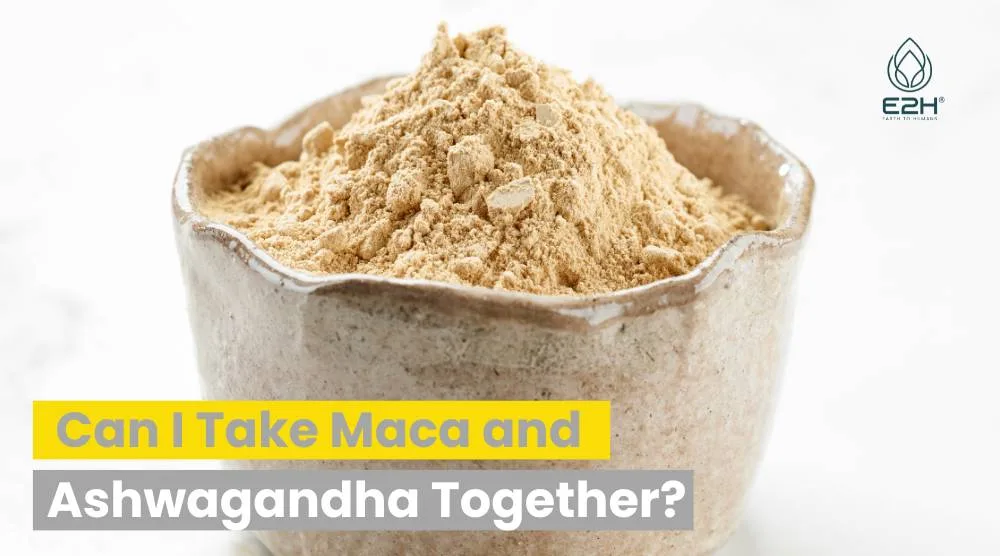What To Make With Lion’s Mane Mushrooms: Lion’s Mane mushrooms can be used in stir-fries, soups, tacos, pizza, risottos, salads, and other veggies and pasta dishes, adding a unique flavor and texture to your culinary creations.
What are Lion’s Mane Mushrooms?
Lion’s mane mushrooms are large, white, shaggy mushrooms that resemble a lion’s mane as they grow. This unique fungus is renowned not only for its interesting appearance, but also for its significant health benefits and culinary applications.
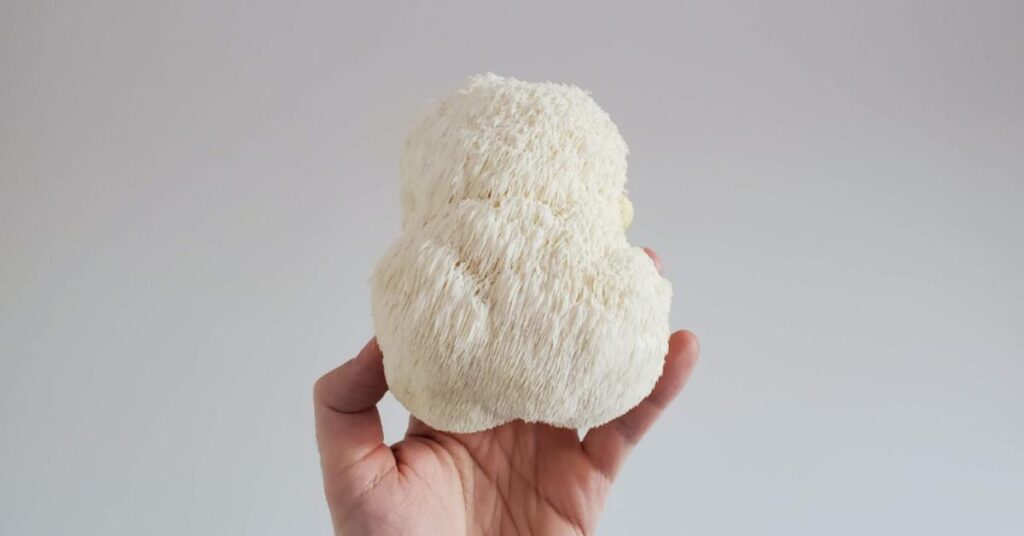
How do you prepare lion’s mane mushrooms?
To prepare Lion’s Mane mushrooms, start by slicing the mushroom into 1/2-inch thick pieces. Heat a pan with a bit of olive oil or butter over medium heat. Once hot, add the sliced mushrooms, cooking them until they are golden brown on both sides, which usually takes around 3-5 minutes per side. You can add garlic, thyme, salt, or other seasonings towards the end of cooking for additional flavor. Ensure to wash your mushrooms before cooking, but be careful not to soak them, as they can absorb water and become soggy.
Lion’s Mane Mushroom Recipe: Delicious & Healthy
Lion’s Mane Mushroom Soup
Ingredients
- 250g Lion’s mane mushrooms
- 1 Onion
- 2 Garlic cloves
- 1 Liter vegetable broth
- Salt and pepper to taste
- Fresh herbs for garnish
Instructions
- Clean the mushrooms gently with a damp cloth or brush.
- Dice the onion and garlic and sauté in a pot until golden brown.
- Add the lion’s mane mushrooms and continue to sauté for 5-10 minutes.
- Pour the vegetable broth into the pot and bring it to a simmer.
- Let the soup cook for around 20 minutes.
- Use an immersion blender to puree the soup until smooth.
- Season with salt and pepper, garnish with fresh herbs and serve hot.
Lion’s Mane Mushroom Steak
Ingredients
- 2 Large lion’s mane mushrooms
- 2 Tablespoons of olive oil
- Salt and pepper to taste
- Fresh herbs for garnish
Instructions
- Preheat your grill or pan over medium heat.
- Brush the lion’s mane mushrooms with olive oil on both sides.
- Season with salt and pepper to your liking.
- Grill or pan-fry the mushrooms for about 3-4 minutes on each side until golden brown.
- Garnish with fresh herbs and serve immediately.
Health Benefits of Lion’s Mane Mushrooms
Besides being a delectable ingredient, these are lions mane mushroom powder and the lions mane mushrooms are also packed with nutrients. Lion’s mane mushrooms are known for their neuroprotective effects and are often used as a dietary supplement for brain health. Moreover, they contain potent antioxidants and anti-inflammatory compounds which contribute to overall wellbeing.
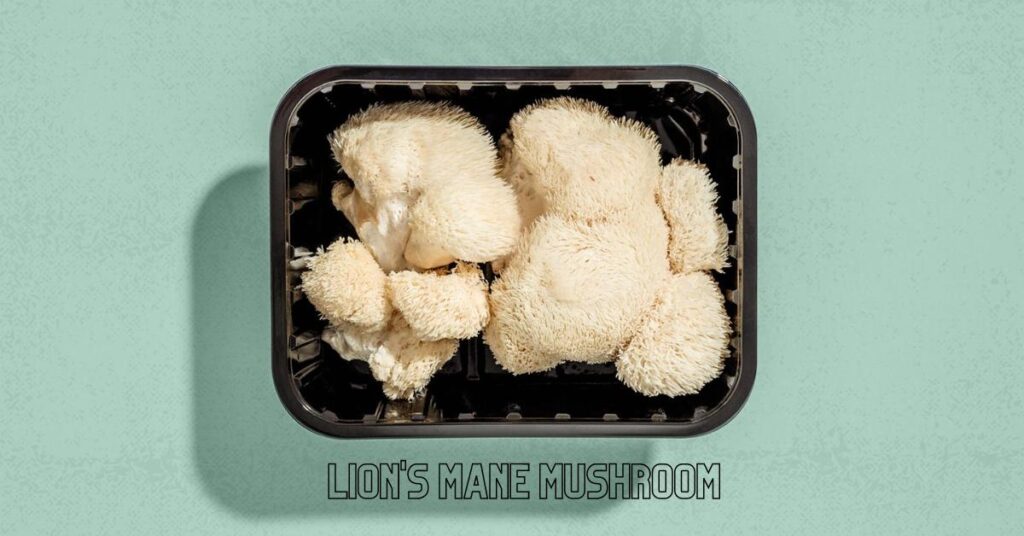
Storing and Preserving Lion’s Mane Mushrooms
When it comes to storing fresh lion’s mane mushrooms, keep them in a paper bag in the refrigerator where they can last up to a week. For longer preservation, you can also dry, freeze, or pickle them.
What is lions mane mushroom good with?
Lion’s Mane mushroom is a versatile culinary ingredient and is particularly delightful when paired with flavors that allow its subtle, seafood-like taste to shine. Think of dishes like pasta, risotto, or sautéed with garlic and herbs. Its texture is similar to crab or lobster, which makes it an excellent ingredient for seafood substitutes. Incorporating Lion’s Mane into your morning scrambled eggs or omelet can be an extraordinary way to start your day. Some people also enjoy it in soups or even steeped in tea.
What’s the best way to use lion’s mane?
The best way to use Lion’s Mane depends on its form. Fresh Lion’s Mane Mushroom is great for everyday cooking too, but for cognitive benefits, it’s typically used in supplement form. These supplements are often taken in powder or capsule form. Starting with a low dose and gradually increasing it can allow you to monitor your body’s response. It is always essential to consult with your healthcare provider before starting any new supplement regimen.
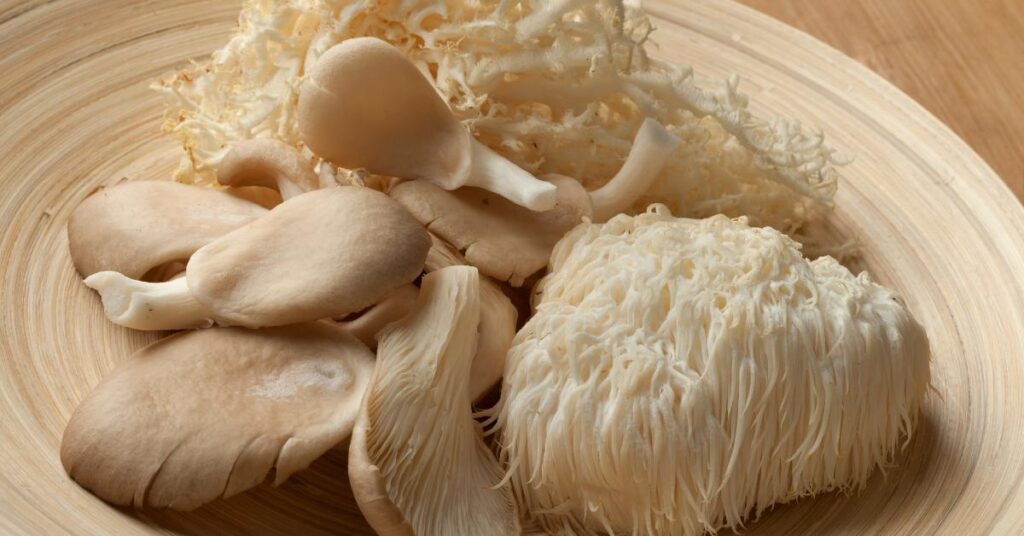
What is the downside of Lion’s Mane?
Lion’s Mane is generally well-tolerated, but there are potential downsides. Some people may experience digestive upset, including nausea or diarrhea. Allergic reactions, while rare, can also occur. There is also limited long-term research on Lion’s Mane, so its effects over extended periods of time are unclear. Furthermore, it can potentially interact with certain medications, such as blood thinners. As always, it’s crucial to consult with a healthcare provider before using this or any other supplement.
I Tried The WILD Vegan Lion’s Mane Mushroom Steak
FAQs For ‘What To Make With Lion’s Mane Mushrooms’
Can Lion’s Mane Mushrooms be consumed raw?
Lion’s Mane mushrooms can be consumed raw, but they are often cooked to enhance their flavor and texture.
How do I store Lion’s Mane Mushrooms?
Store Lion’s Mane mushrooms in a paper bag, airtight container or a loosely sealed container in the refrigerator. They are best consumed within a week of purchase.
Are there any side effects of consuming Lion’s Mane Mushrooms?
Lion’s Mane mushrooms are generally safe to consume, but some individuals may experience mild digestive discomfort. It’s always best to start with a small amount and monitor your body’s reaction.
Can Lion’s Mane Mushrooms be used in desserts?
While Lion’s Mane mushrooms are not commonly used in desserts, their mild flavor and unique texture make them a potential ingredient for creative culinary experiments.
Are Lion’s Mane Mushrooms suitable for vegetarian and vegan diets?
Yes, Lion’s Mane mushrooms are suitable for both vegetarian and vegan diets. They provide a unique mushroom with delicate flavor and seafood or crab meat-like taste and texture without the need for animal products.
Conclusion
Lion’s Mane mushrooms are a versatile ingredient that can elevate your cooking to new heights. With their unique texture and seafood-like taste, they offer a great alternative for both vegetarians actual meat and seafood lovers. Whether you’re into stir fry-frying, souping, or topping pizzas, Lion’s Mane mushrooms are sure to impress. Additionally, their potential health benefits make them an excellent addition to your diet.



